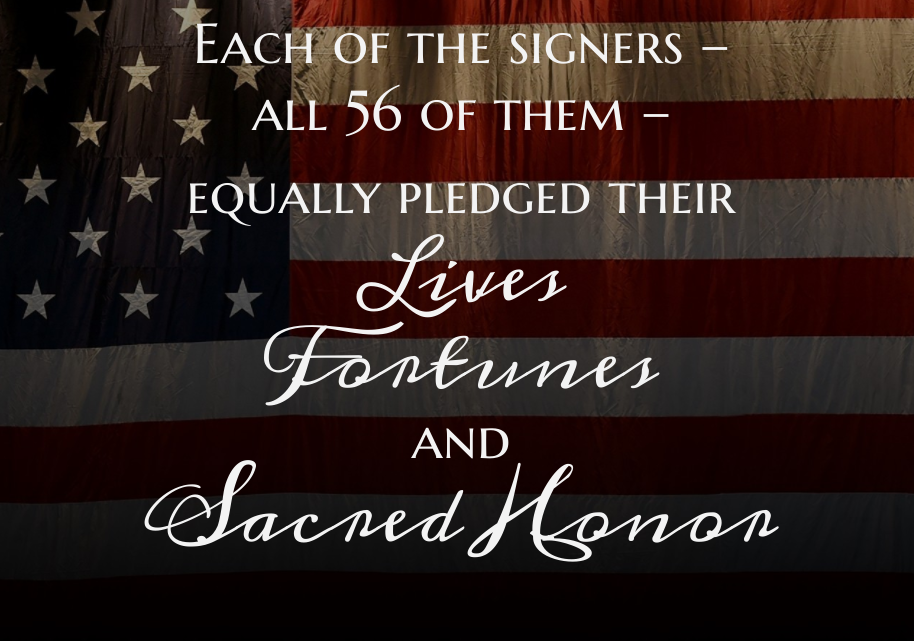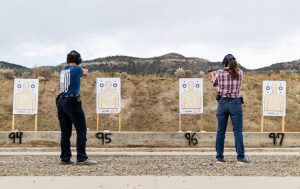Mark Cole
George Read was born in 1734. Classically educated in Greek and Latin, first at home by his father, then under the guidance of the Reverend Doctor Francis Allison, Read began his study of the law at the age of 17.
He entered the bar when he was 19. He then married the daughter of an Episcopal clergyman who also happened to be the niece of George Ross, later a signer of the Declaration of Independence.
As a prominent young lawyer, Read was elected to the Delaware General Assembly and as the attorney general for Kent, Sussex and New Castle counties. In these capacities, Read was an early advocate for a united colonial response to the Crown to abuses of the Stamp Act.
Even then, Read understood that the fate of the colonies would not be borne individually, but shared collectively.
When Read was elected to the Second Continental Congress, along with Caesar Rodney and Read’s friend from his youth (and fellow student of Rev. Allison), Thomas McKean, Delaware sent a formidable delegation to Philadelphia.
Each of Read, Rodney and McKean was completely committed to the safety and welfare of Delaware. It was about the tactics that they had disagreement.
As already noted, it was Read’s reluctance to rush to a unilateral push for independence, as opposed to a slow and steady movement away from the Crown, that necessitated Rodney’s heroic horseback ride from Delaware to Pennsylvania. Upon Rodney’s heroic arrival, Rodney’s and McKean’s vote outnumbered Read’s lone dissenting vote and put Delaware into the independence camp.
That was on July 2.
Two days later, on July 4, 1776, the colonies would publicly declare their independence, enumerate their grievances against the Crown and pledge their lives, fortunes and sacred honor to the cause. Read would place his name on this document.
This time there was no hesitation, no arm-twisting, no last minute heroics. Because, you see, while Read initially (and sincerely) did not believe that the Continental Congress should vote for independence, once they did vote that way, the die was cast. And just as he had advocated a unified response by the colonies a decade before, Read clearly saw that the colonies would have to speak with one voice when it came to independence. He saw that there could be no more dissenting voices.
So he signed the Declaration. He signed alongside John Hancock, Sam Adams, John Adams, Benjamin Franklin, Thomas Jefferson, Richard Henry Lee and, of course, Caesar Rodney. When it came to signing the Declaration, no signatures reflected previous mixed emotions about declaring independence. Each of the signers – all 56 of them – equally pledged their lives, fortunes and sacred honor.
During the war, Read narrowly escaped capture by the British. In 1777, after the battle of Brandywine, Delaware Governor McKinley was captured. Read was then the second-in-command of the civil government of the State and faithfully executed the duties of that office, but was always in very real danger.
On one occasion, Read and his family were attempting to return to Delaware from Philadelphia, just as British troops were closing in. They decided to cross the Delaware at a point where the river is five miles wide and was filled with British ships. He procured a boat and proceeded, but was intercepted by a British skiff. The family quickly hid any identifying articles they had and pretended to be loyal servants of the Crown, merely returning home after a family journey. So convincing was their performance that the British troops even assisted the Read family in pulling their boat ashore. Little did the troops know that they had just released the acting Governor of Delaware and a signer of the Declaration of Independence!
After independence was won, Read went on to serve as a delegate to the Constitutional Convention, as a United States Senator from Delaware and as Chief Justice of the Delaware Supreme Court. He died as Chief Justice, having served in each of the legislative, judicial and executive branches of government.
Check out Mark’s book:
Lives, Fortunes, Sacred Honor: The Men Who Signed the Declaration of Independence













